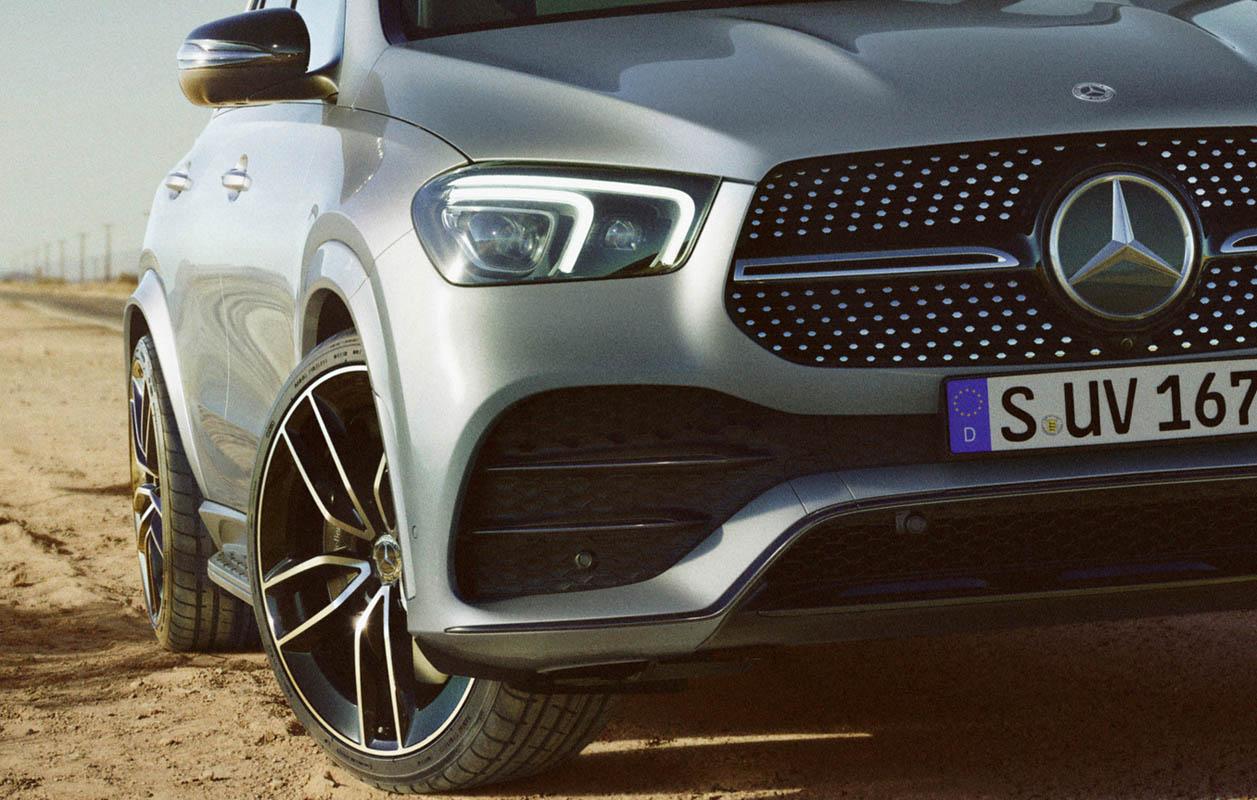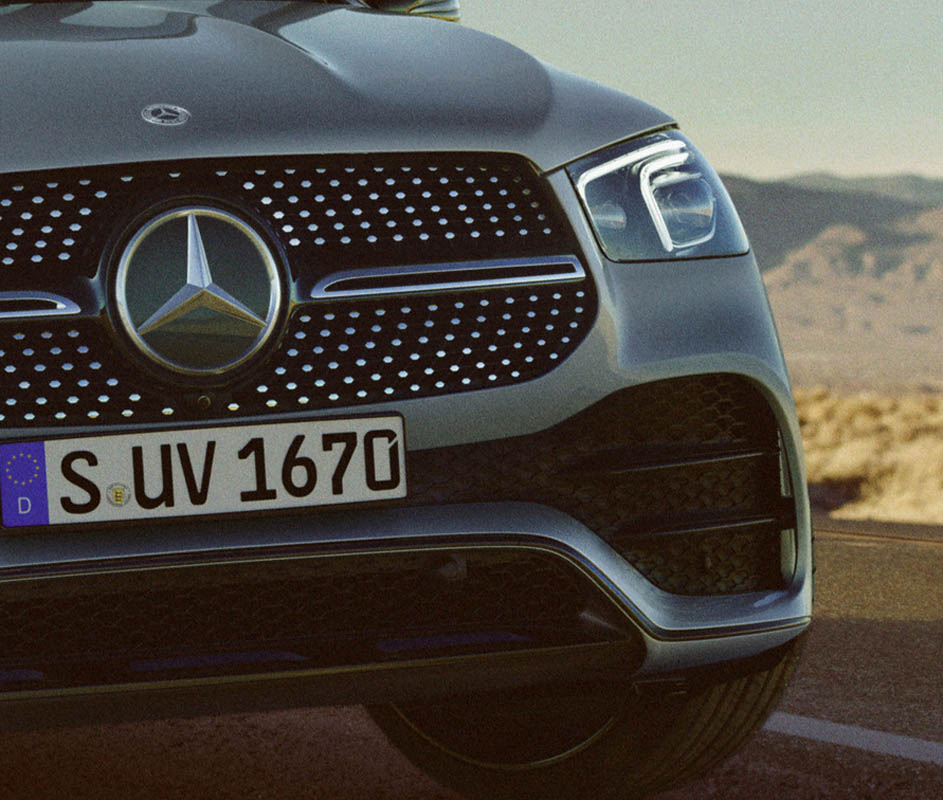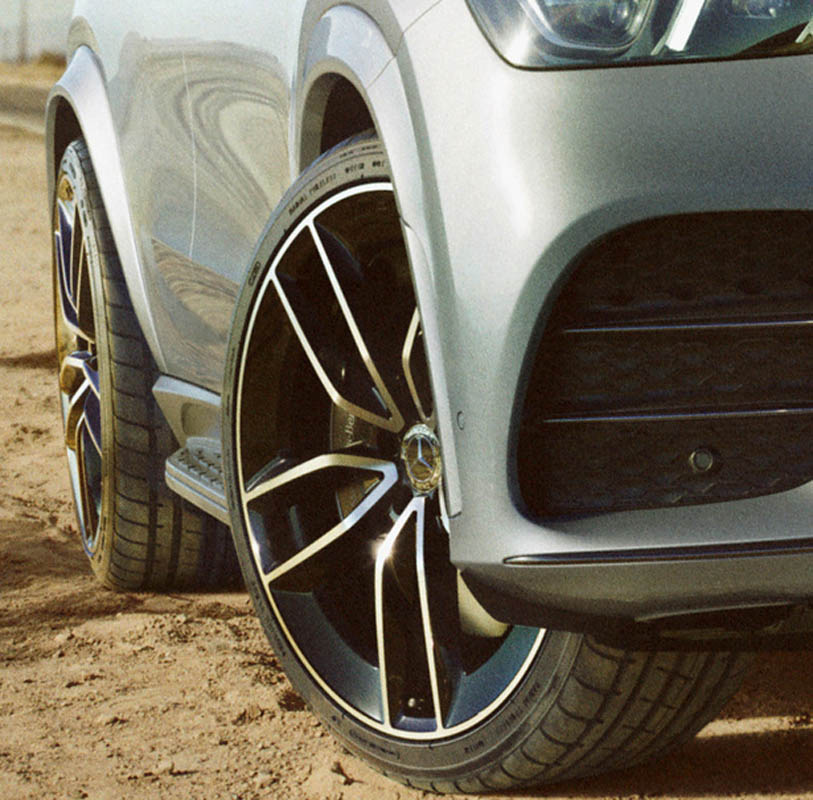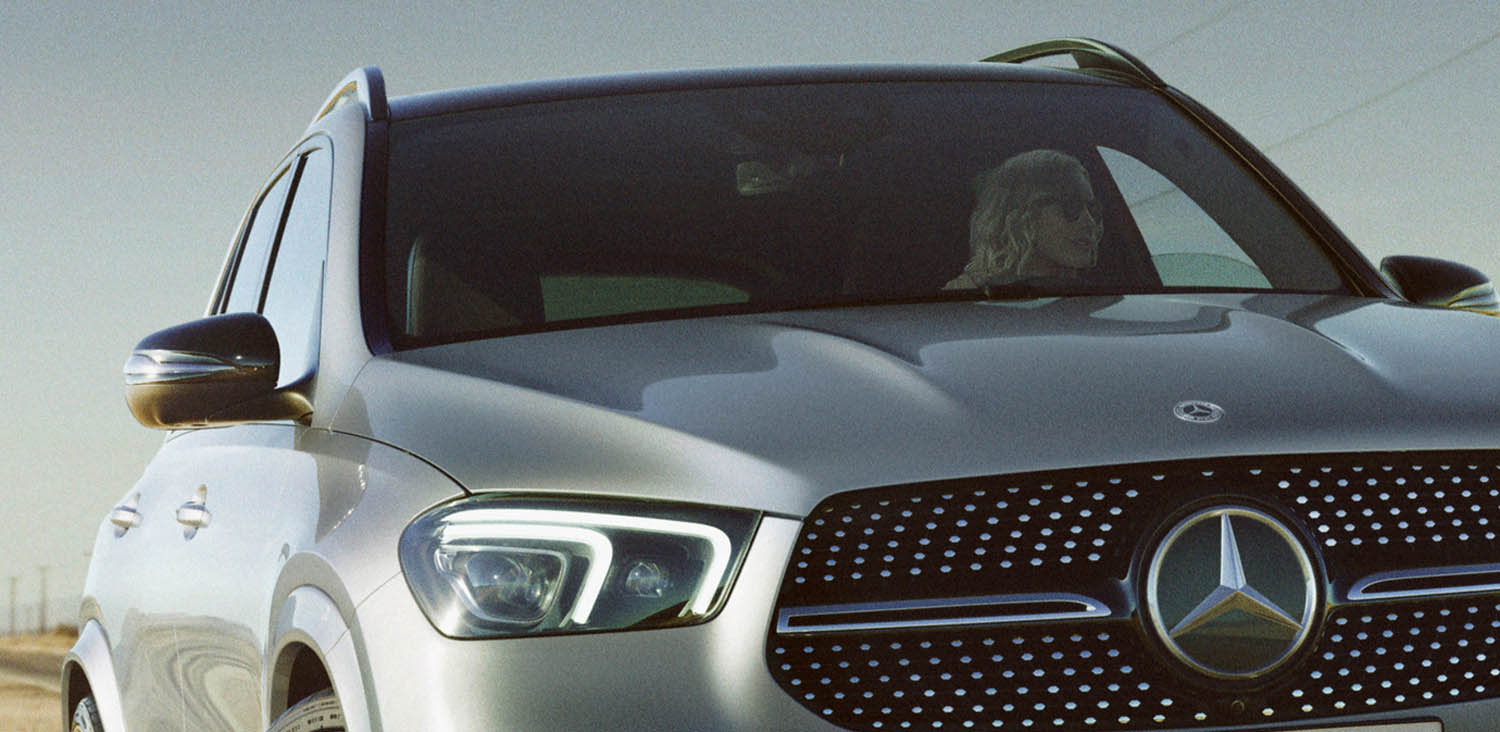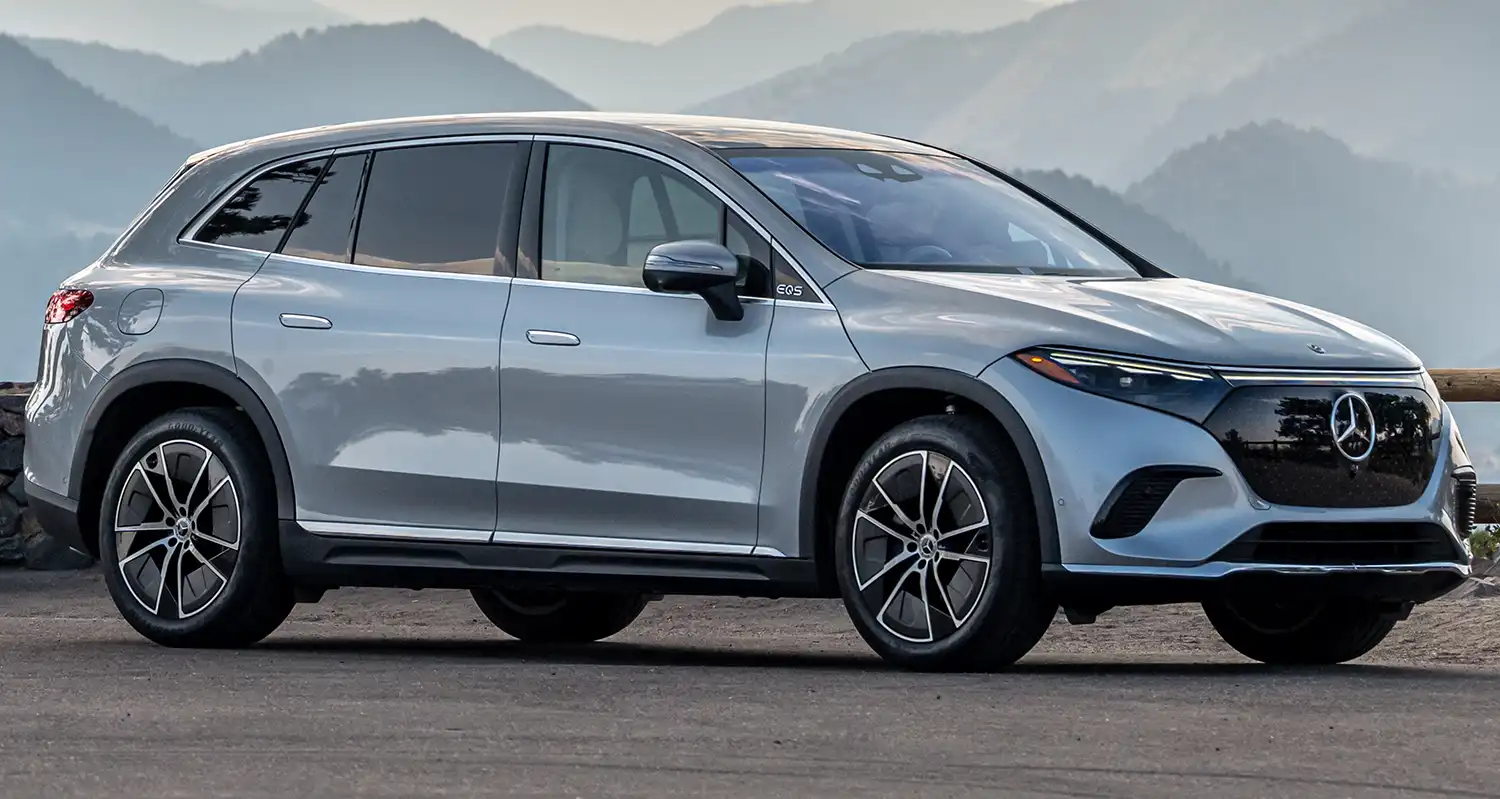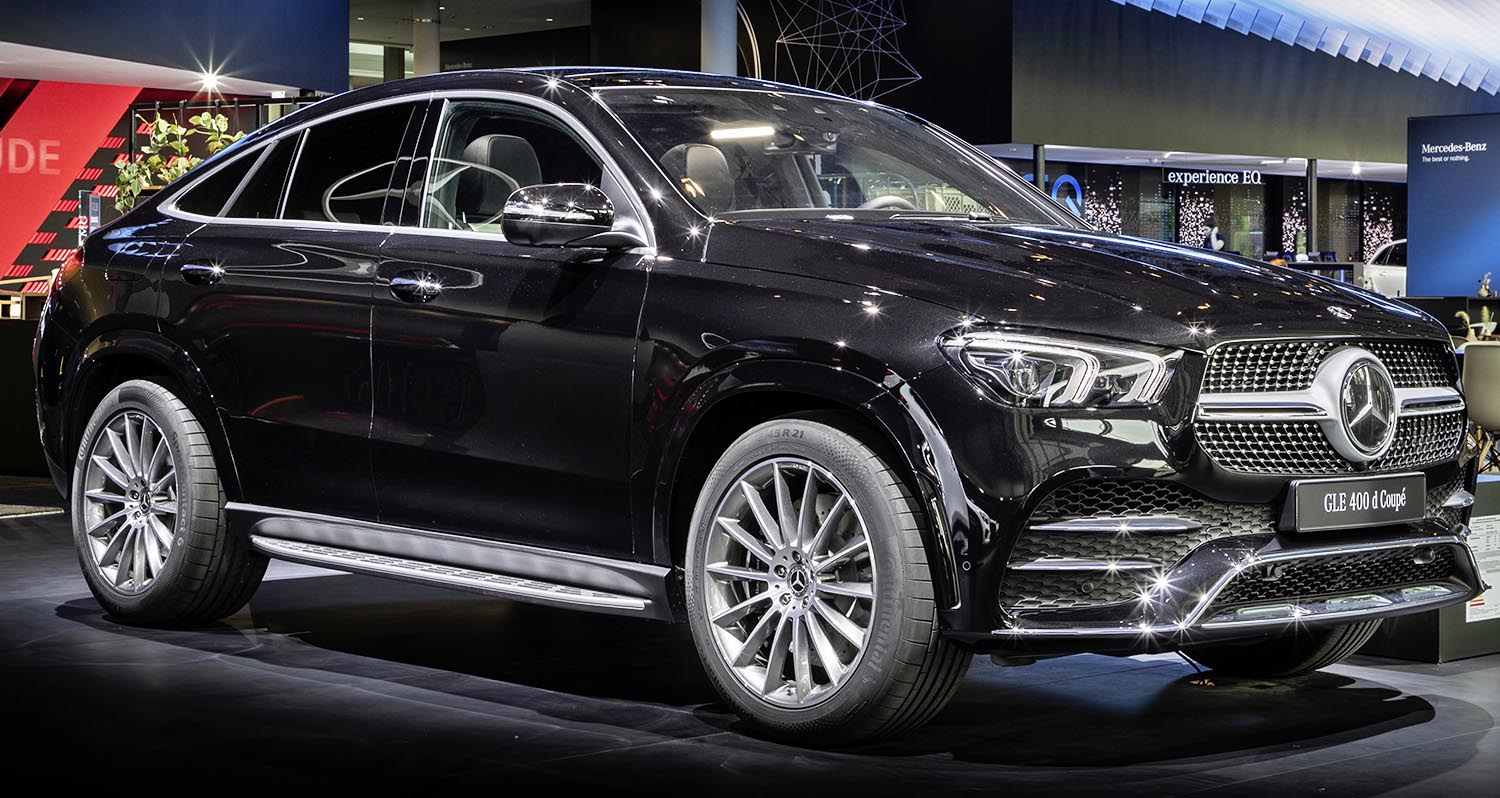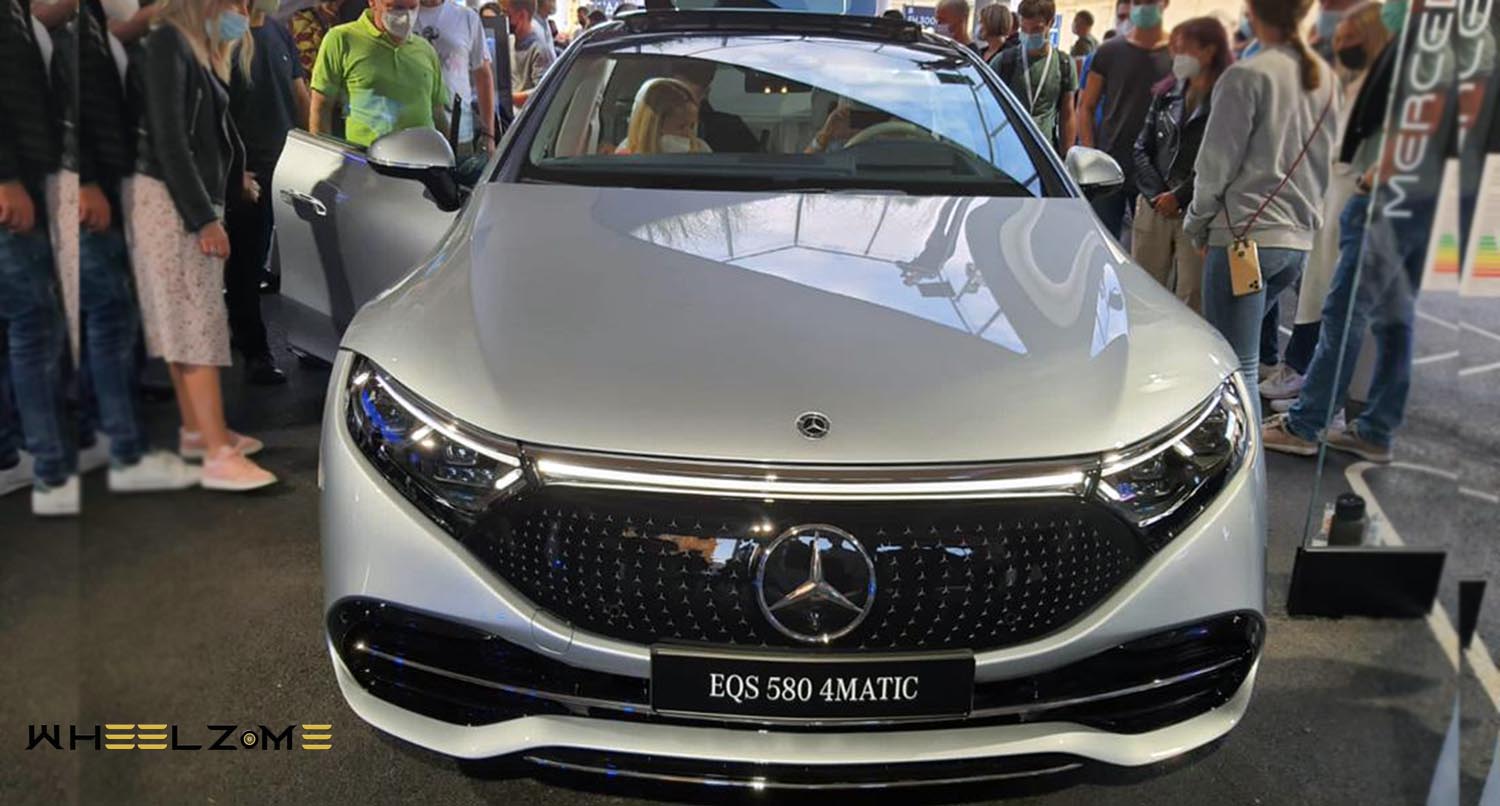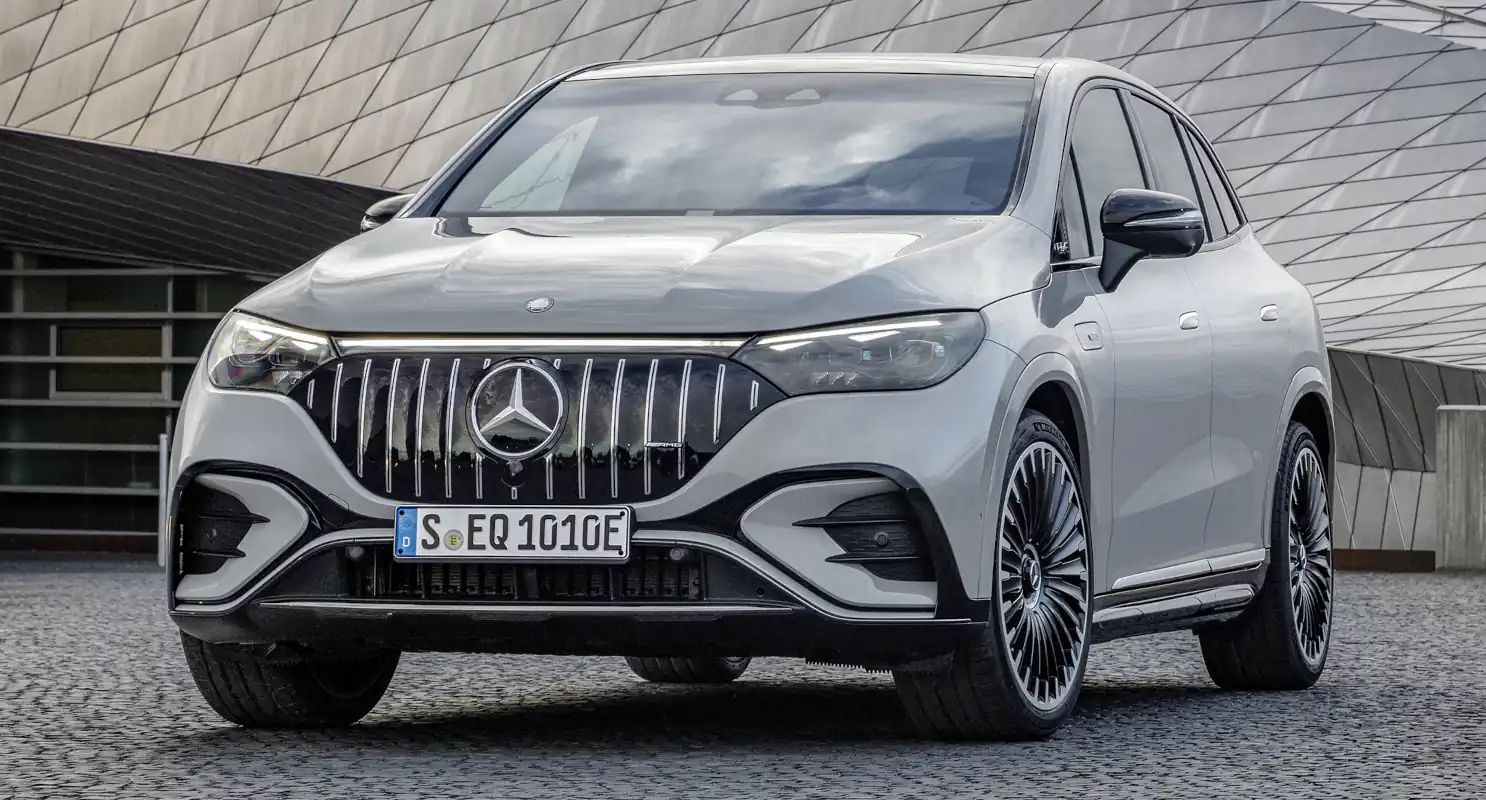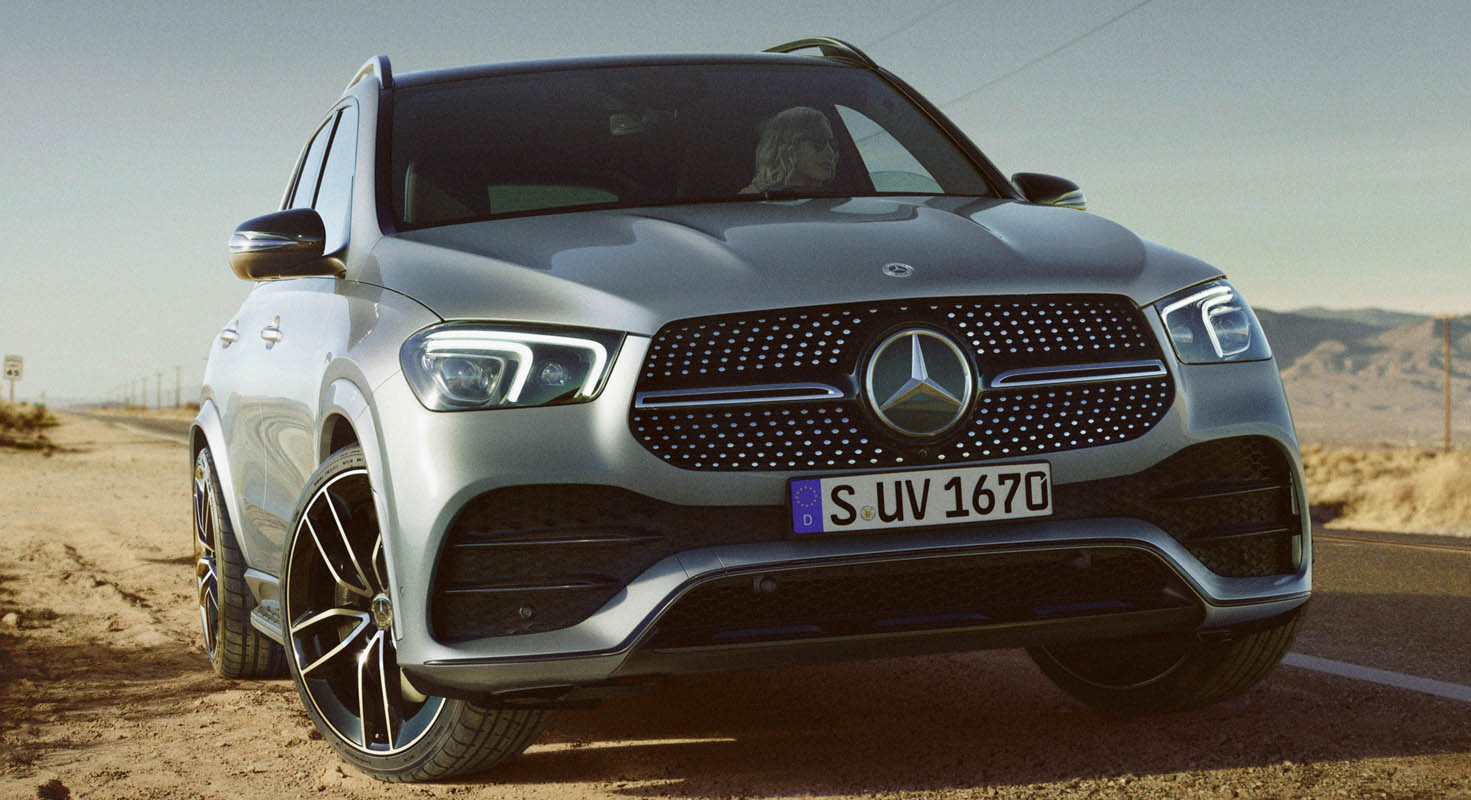
Mercedes-Benz is modernising the engine range of its large SUV model series: The new GLE 300 d 4MATIC (combined fuel consumption: 6.3-5.8 l/100 km; combined CO2 emissions: 166‑152 g/km)[1] and GLE 300 d 4MATIC Coupé (combined fuel consumption: 6.2-6.1 l/100 km; combined CO2 emissions: 163-160 g/km)1 offer optimum power delivery but consume significantly less than their predecessors. They are equipped with the current four-cylinder diesel engine (OM 654 M) with integrated second-generation starter-generator (ISG), and deliver 200 kW/272 hp. Both mild hybrids can already be ordered and will be available from November. Prices start at 75,053.30 euros[2] (GLE 300 d 4MATIC) and 79,182.60 euros2 (GLE 300 d 4MATIC Coupé).
The current OM 654 M engine is equipped with a second-generation integrated starter-generator (ISG). The ISG includes the 48-volt electrical system. It ensures functions such as gliding, boost or recuperation, and allows significant fuel savings. In addition it starts the engine very quickly and comfortably, so that the start-stop function is almost imperceptible. The same applies to the transition from gliding with the engine off to powerful propulsion with engine power. When idling, the intelligent interaction between the ISG and the combustion engine ensures outstandingly smooth running.
The four-cylinder diesel is also very advanced in terms of exhaust gas aftertreatment. The NOx storage catalytic converter stores nitrogen oxides, especially under cold-start conditions, so that they can be reduced in the SCR catalytic converter when the engine is warm. The specially coated DPF (diesel particulate filter) reduces particulate emissions. The two active SCR catalytic converters (Selective Catalytic Reduction) with separately metered AdBlue injection allow effective nitrogen oxide reduction in all operating ranges. These converters are installed close to the engine and in the floor of the vehicle.
The all-wheel drive has also been improved: Previously, the GLE models with four-cylinder engines have featured a transfer case that directs the drive torque to the axles in a fixed ratio of 50:50 percent. The GLE 300 d 4MATIC and GLE 300 d 4MATIC Coupé have the transfer case with electronically controlled multi-plate clutch. This allows a variable transfer of drive torque from 0-100 percent (torque on demand) between the axles. The fully networked transfer case with Torque on Demand also allows an improvement in driving safety and agility on the road, especially when cornering. This is achieved by specifically influencing the yaw moment to induce vehicle oversteer or understeer.
An overview of the new models:
| GLE 300 d 4MATIC | GLE 300 d 4MATIC Coupé | ||
| Displacement | cc | 1993 | |
| Output | kW/hp | 200/272 | |
| at | rpm | 4200 | |
| Add. output (boost effect) | kW/hp | 15/20 | |
| Peak torque | Nm | 550 | |
| at | rpm | 1800-2200 | |
| Add. torque (boost effect) | Nm | 200 | |
| Combined fuel consumption[3] | l/100 km | 6.3-5.8 | 6,2-6,1 |
| Combined CO2 emissions1 | g/km | 166-152 | 163-160 |
| Acceleration 0-100 km/h | s | 6.8 | |
| Maximum speed | km/h | 230 | 226 |
| Price from[4] | euros | 75.053,30 | 79.182,60 |
Fuel consumption figures according to WLTP:
| GLE 300 d 4MATIC | GLE 300 d 4MATIC Coupé | ||
| Combined fuel consumption.[5] (WLTP) | l/100 km | 7,5-6,1 | 7,1-6,5 |
| Combined CO2 emissions3 acc. to WLTP | g/km | 196-160 | 186-172 |
[1] The stated figures are the measured “NEDC CO2 figures” in accordance with Article 2 No. 1 Implementing Regulation (EU) 2017/1153. The fuel consumption figures were calculated based on these figures. The WLTP figure is relevant for the assessment of motor vehicle tax.
[2] Recommended retail price in Germany including 19 % VAT
[3] The stated figures are the measured “NEDC CO2 figures in conformance with Article 2 No. 1 Implementing Regulation (EU) 2017/1153. The fuel consumption figures were calculated based on these figures. The WLTP figure is relevant for the assessment of motor vehicle tax.
[4] Recommended retail price in Germany including 19 % VAT
[5] The figures shown are the WLTP CO2 values measured according to Article 2 No. 3 Implementing Regulation (EU) 2017/1153. The fuel consumption figures were calculated based on these figures.
